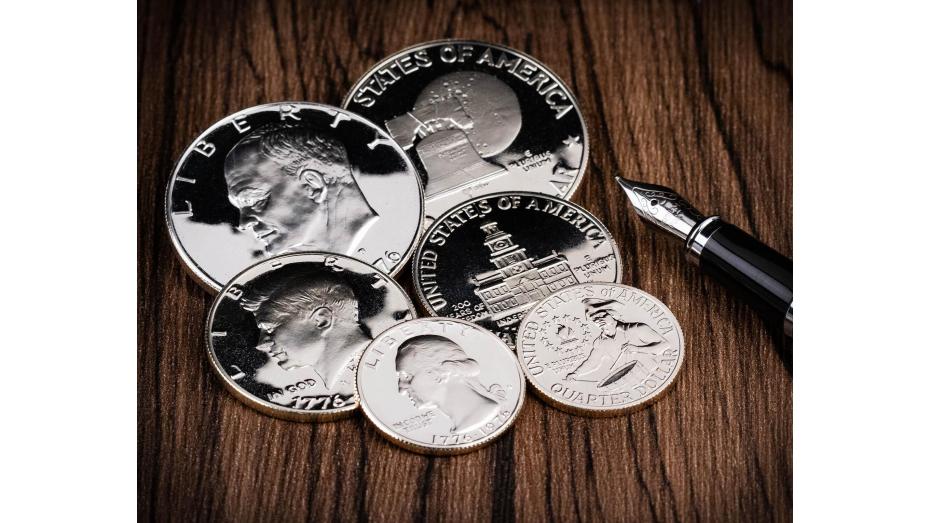How Coins Changed in 1976: The Story Behind the Bicentennial Coins
In 1976, our country celebrated one of its most important dates yet: the 200th anniversary of the signing of the Declaration of Independence, which formally marked the Thirteen Colonies as their own nation. After two hundred years, our glorious nation had overcome hardships ranging from the Civil War to the Great Depression. Despite these challenges, the United States of America still stood strong and continued to espouse the belief that all men and women had the right to life, liberty, and the pursuit of happiness. To mark this monumental anniversary, the U.S. Mint released special one-year issues of the Eisenhower Dollar, Kennedy Half Dollar, and Washington Quarter, all dated 1776 - 1976 and each with a unique reverse that celebrated a key part of American history.
The Washington Quarter was dedicated to the early years of the United States, when it was still a collection of colonies fighting for independence against the British empire. While the obverse still bears the bust of President George Washington created by John Flanagan, the reverse depicts a drummer from the American Revolution with his sticks in hand. During the colonial era, drummers were a critical part of commanding an army in the field; in a time before the Internet or radios, music was the most frequently used tool to direct the movements of troops. Certain cadences would tell troops when to advance, when to retreat, how quickly to move, and how to keep pace while on the march. Given that Washington had served as America’s top general during the Revolutionary War, depicting one of the most common ways he directed his troops was the perfect addition to the quarter. Next to the drummer is a torch, symbolizing the flames of freedom, surrounded by thirteen stars, one for each of the founding colonies.
While the Washington Quarter paid homage to the initial struggle for America’s independence, the Kennedy Half Dollar honored the civic debates that followed. The bicentennial reverse for the 1976 half dollar depicts Independence Hall in Philadelphia, where both the Declaration of Independence and Constitution were signed. Such a critical site in American history warranted commemoration, which it received with sculptor Seth G. Huntington’s iconic design.
Finally, the Eisenhower Dollar paid respect to both America’s past and its present with a reverse designed by Dennis R. Williams, the youngest designer of a U.S. coin. At the time, Williams was just twenty-two years old, and still an art student. His work, however, has been historically recognized for its excellence. Williams' design featured the Liberty Bell superimposed over an image of the Moon, an obvious homage to America’s successful Apollo 11 missions that had taken place just a few years earlier. While the other coins celebrated the distant past of the United States, the 1976 bicentennial dollar celebrated America’s most recent accomplishment of landing a man on the moon and bringing him safely back to Earth.
Today, the bicentennial releases remain some of the most unique and significant examples in their respective series, and are a critical part of any Washington quarter, Kennedy half dollar, or Eisenhower dollar collection. Fortunately, Rare Collectibles TV offers some of the finest examples of these series available today, including the highly desirable 1976 Bicentennial releases.






